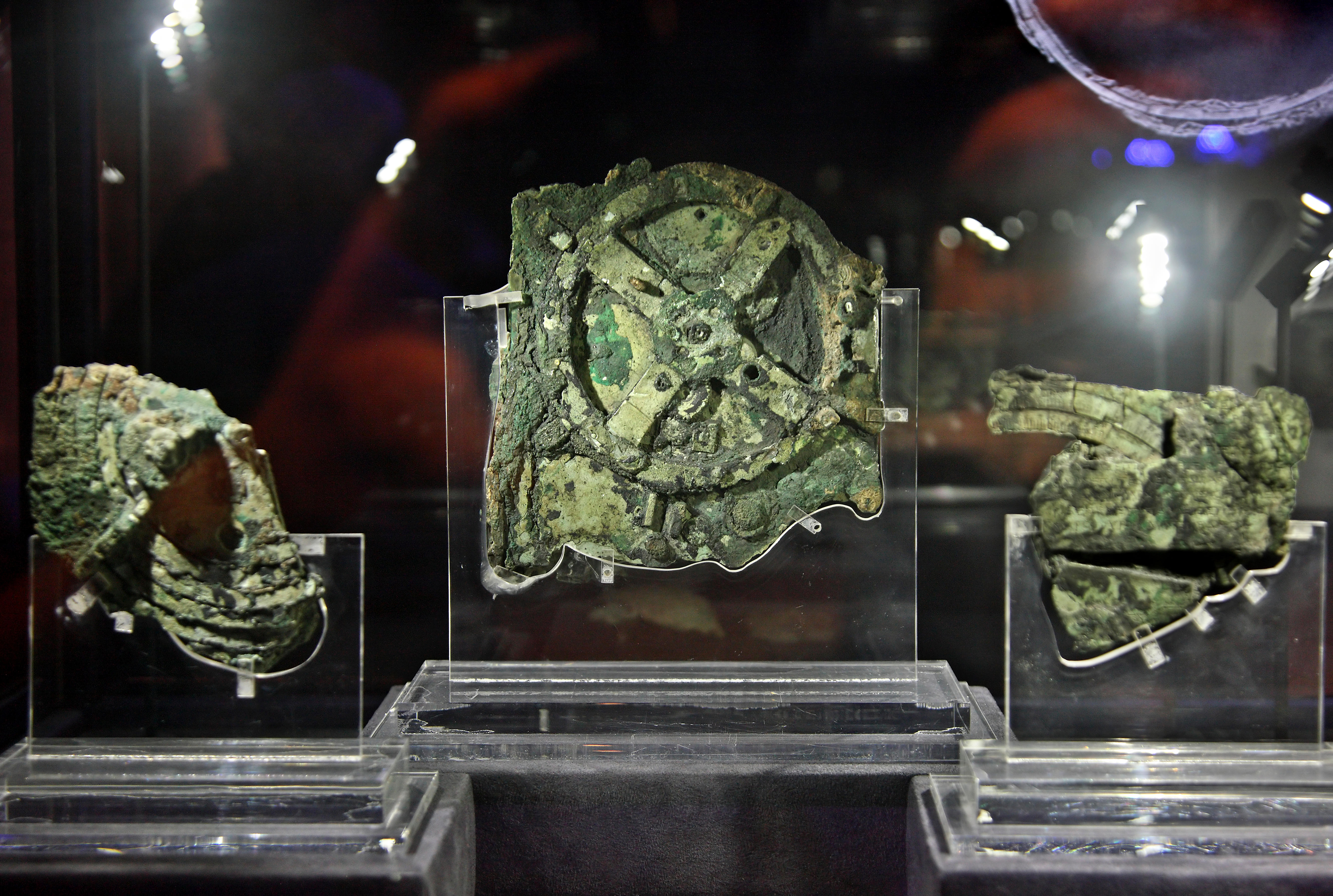Archaeologists Amazed by ‘Astonishing’ Find: Unearthing a 2,000-Year-Old Computer

The relic is believed to be the first and earliest example of an analogue computer made and used by humans.

Archaeologists working in Greece have found countless relics over the years.
The country was once home to the Ancient Greek civilisation, a society that thrived thousands of years ago and who made hugely significant contributions to philosophy, maths, astronomy, and medicine, and whose lines of thought make up the foundations of how we live even today.
Numerous breakthroughs in multiple fields came under their watch, some of the most important being their observations of the world: they declared that the planets orbit the Sun, calculated the size of the Moon and the Earth’s circumference, and created the first astronomical calculator.
While all creations have stunned researchers, this latter device, the calculator, perplexed archaeologists the most.

At 2,000 years old, the Antikythera mechanism is a hand-powered orrery — a mechanical model of the Solar System — and is the earliest known example of an analogue computer.
The Ancient Greeks would have used it to predict astronomical positions and eclipses decades in advance. They also used it to track the cycle of the ancient Olympic Games in order to ensure the games came every four years on the dot.
The Antikythera mechanism was unearthed in 1901 — well before analogue computers as we know them were created — among wreckage retrieved from a shipwreck off the coast of the Greek island Antikythera.
It was identified as having a gear hidden inside of it a year later by archaeologist archaeologist Valerios Stais.
In a short video titled, ‘The ancient computer that simply shouldn’t exist’, the BBC spoke to Professor Tony Freeth of University College London (UCL), who has carried out extensive research on the mechanism and divulged its secrets and intricacies.
Researchers found marble statues, vases, fancy jewellery, and ancient coins alongside the Antikythera mechanism.

At the time, said Prof Freeth, “no one knew quite what to do with” the odd relic.
He explained: “It was not recognised as being anything interesting when it was discovered, it was just a corroded lump about the size of a large dictionary.”
However, after Mr Stais discovered the gear wheels inside, archaeologists became excited about what it meant for the relic’s meaning and place in Ancient Greek society.
“This was the first shock because anything from Ancient Greece simply shouldn’t have gear wheels,” said Prof Freeth. “These were precision gears with teeth about a millimetre long. And, this was just completely shocking.”
Soon, those investigating the mechanism concluded that it was once used as a calculating machine, its bronze wheels measuring the cycles of the cosmos.
But why exactly did the Ancient Greeks need such a device? Prof Freeth believes the answer can be found in the Greeks’ obsession with astrology.
“In those days the idea that your scientific theories could be mechanised was absolutely astonishing,” he said.
The Antikythera mechanism is today on display at a museum in Athens and is split into 82 fragments with much of it missing.
In the years after its initial discovery, archaeology technologies improved, allowing researchers to enhance their understanding of the device.
By the Seventies, X-ray devices were employed to find out what else might be inside the mechanism, with dozens of cogs found hidden with it.

It was not until 3D X-ray capabilities came along that researchers could separate the gears inside to get a complete picture of the mechanism.
Prof Freeth and his team took an eight-tonne X-ray machine to the museum in Athens and took data from all the 82 surviving fragments of the mechanism.
“When we first looked at the results it was astonishing because it showed us not only all the gear wheels in three dimensions so we could separate them, but it showed us all these new inscriptions in the fragments as well,” he said.

From this 3D X-ray, the team has been able to wean all sorts of information from the device, like how it once followed the variable motion of the Moon.
It also helped researchers to see the front of the device for the first time, revealing thousands of otherwise hidden text characters in Ancient Greek.
Prof Freeth hopes to take his research and build a full-scale physical model of the Antikythera mechanism to further explore just how advanced the Ancient Greeks were — and whether any more secrets are hidden within it.
Related Post
A shocking documentary proves that mermaids do exist
SHOCKING Revelation: Thuya, Mother of Queen Tiye, Was the Grandmother of Akhenaten and Tutankhamun—What Ancient Egyptian Secrets Did She Leave Behind?
Breaking News: Astonishing Discoveries at Karahan Tepe Confirm an Extraterrestrial Civilization is Hiding on Earth, and NO ONE Knows!
Breaking News: Researchers FINALLY Discover U.S. Navy Flight 19 After 75 Years Lost in the Bermuda Triangle!
NASA’s Secret Investigation: Uncovering the Astonishing Mystery of the UFO Crash on the Mountain!
Explosive UFO Docs LEAKED: Startling Proof That Aliens Ruled Ancient Egypt!